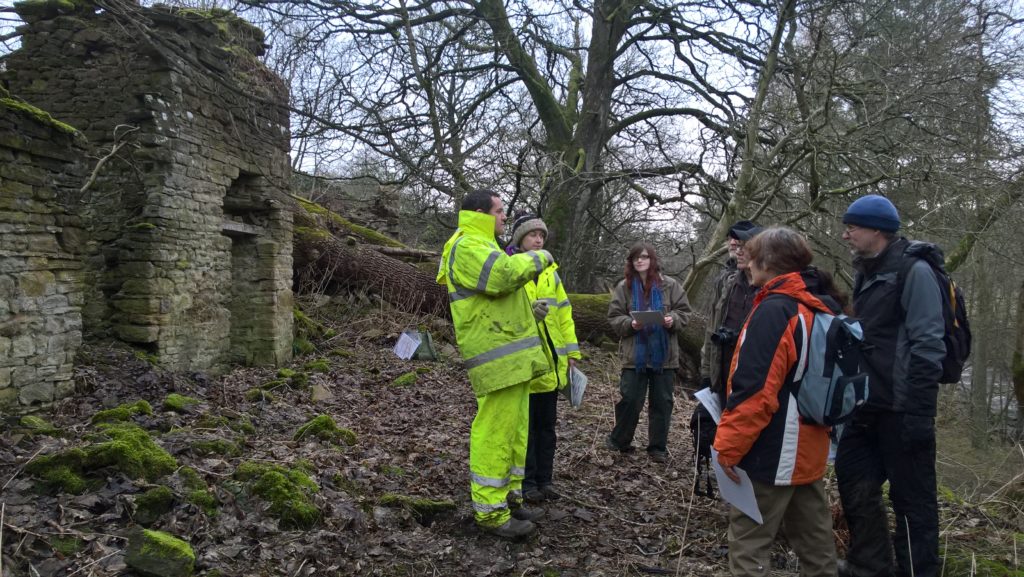News
Geopark at home 6
5 December 2024
Geopark at home
Activity 6 – crystal growing
Download a printable version of these instructions here.
Grow your own salt crystals! This activity requires boiling water so a grown-up will be needed.
You will need:
- Table salt (or Epsom or Alum salts form crystals the fastest)
- Pan
- Hob and a grown-up to help
- Water
- Glass container (e.g. jam jar)
- String (should have rough edges and grooves so the crystals can latch on)
- Spoon
- Weight (e.g. small pebble, lump of plasticine)
- Patience. Crystals can take weeks to form.
What to do:
Fill your container to the top with water and empty it into the pan. Get a careful grown-up to help put the pan on the hob and bring the water to the boil (the hotter your water, the more salt will dissolve, so the better the crystals). Once the water is boiling, turn the heat down so the water is no longer bubbling. Add salt to the water and stir until it dissolves – it will seem to disappear. Keep adding until no more salt will dissolve. Ideally, you should have added the same amount of salt as you used of water.
Pour the solution into the glass jar (tip: put the spoon in the jar first then pour or fill the container with hot tap water then pour away to heat up the container slightly. This will prevent the glass breaking).
Take the spoon and tie the end of a short piece of string around the middle of the spoon (if you have just used it when pouring the hot water in the jar, be careful, it will be hot!). Tie the weight to the other end of the string and dangle it into the water. Balance the spoon over the top of the jar, so that the weight is suspended in the water and not touching the bottom of the container (you may need to wind the string around the spoon handle to get the length right). Leave the jar somewhere it won’t get touched, preferably warm, and wait for your crystals to grow over the next few weeks.


What’s going on?
Salt dissolves in water. Over time, the water evaporates into the air (turning from liquid to gas), leaving less water in the jar. The salt does not evaporate with the water, but instead turns back into a solid. This process is called precipitation.
The North Pennines has many minerals that were formed by crystallisation, just like your salt crystals. Hot water, with many things dissolved in it, travelled around in the cracks within the rocks. When precipitation occurred and crystals formed, this created a network of mineral veins. For hundreds of years the North Pennine landscape has been mined, with workers searching for these veins that were full of the valuable minerals.


Take it further:
- Depending on the salt and the water used, the crystals will be different in shape and colour. What shape and colour are your crystals?
- Can you make different coloured crystals? Put food colouring in your solutions and see.
- Use different types of salt (e.g. sea salt or salt substitutes). Does this affect the crystals that form?
- Does the activity work with sugar? Can you form edible sugar crystals?
These instructions have been adapted from the following web page: https://thebeakerlife.com/salt-crystals-experiment-bdcb9f7f1d3
Share your pictures or comments on Facebook or Twitter, and let us know if you enjoyed this Geopark at home activity.
Facebook: https://www.facebook.com/NorthPenninesAONB
Twitter: https://www.twitter.com/NorthPennAONB













